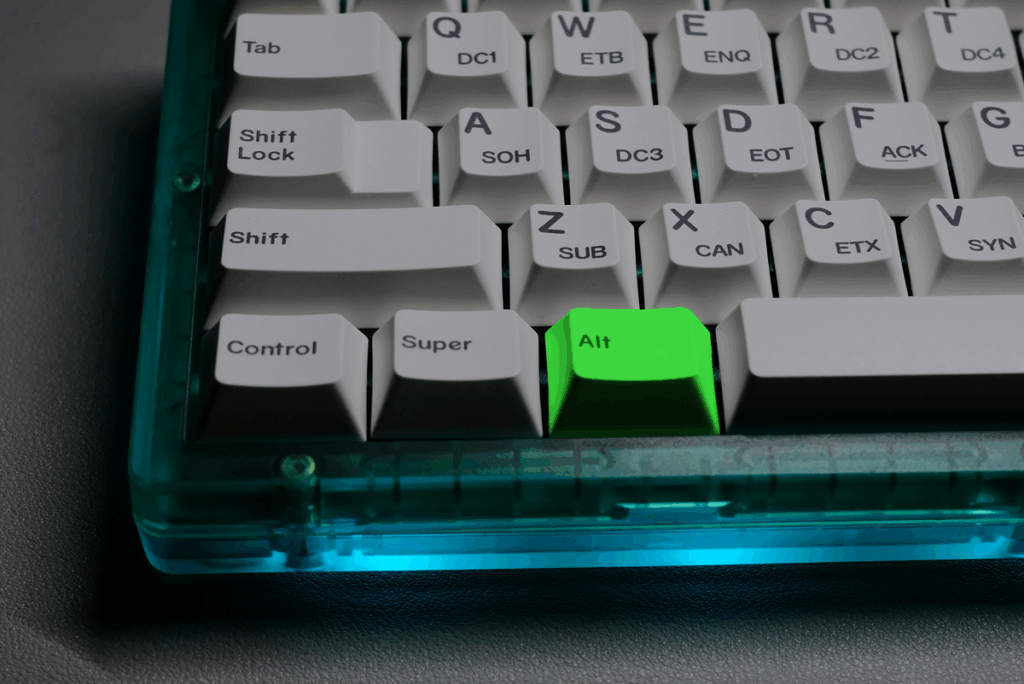Unlocking the Power of Alternative Text for Your Business

In today’s digital age, your business’s online presence is more crucial than ever. As small business owners navigating a competitive market, leveraging every tool at your disposal can significantly impact your growth and visibility. One often-overlooked tool is Alternative Text, commonly known as “Alt Text.” In this blog post, we’ll explore what Alt Text is, why it’s essential for your business, and how to use it effectively to boost your online presence.
What is Alternative Text?
Alternative Text or Alt Text refers to the textual description of images on your website. It provides context to search engines and visually impaired users using screen readers, explaining what an image is about. While it might seem like a small element, Alt Text plays a significant role in enhancing your site’s accessibility, inclusivity and search engine optimization (SEO).
Why Does Alt Text Matter for Your Business?
Improved Accessibility
Alt Text is a critical component in making your website accessible to everyone, including those with visual impairments. By providing descriptive Alt Text for images, you ensure that every visitor can understand the content of your site and that you are in compliance with accessibility regulations from associations like the ADA or EAA.
Enhanced SEO
Search engines like Google crawl your website for content clues. Alt Text gives search engines context about the images on your site, allowing them to index your images properly. Well-crafted Alt Text can improve your site’s visibility in image search results, driving more traffic to your site.
Increased Engagement
Providing Alt Text encourages greater interaction with your content. As images are indexed and made accessible they become easier to find, users are more likely to connect, share, and engage with your website.
Good and Bad Examples of Alternative Text
To create effective Alt Text, you must know the difference between exemplary and poor examples.
Image Example: A picture of a happy golden retriever running on a beach.
Good Example:
Alt Text: “Golden retriever happily running on a sunny beach at sunset.”
Bad Example:
Bad Alt Text: “Dog.”
In the good example, the Alt Text is descriptive, giving context about the dog, what it is doing, and where. The bad example lacks detail and context, making it less useful for both users and search engines.
Dos and Don’ts of Alt Text
Dos:
- Be Descriptive: Accurately describe the image, considering what someone needs to know if they can’t see the image.
- Use Keywords: Incorporate relevant keywords naturally to optimize for SEO, but only if they genuinely describe the image.
- Keep it Concise: While you should be descriptive, keep your Alt Text under 125 characters. Screen readers may cut off longer descriptions.
- Consider Context: Think about the image’s role within the content, using Alt Text to augment the page’s message.
Don’ts:
- Keyword Stuffing: Avoid loading Alt Text with irrelevant keywords that appear spammy and really doesn’t help those with visual impairments.
- Starting with “Image of” or “Picture of”: It’s unnecessary; screen readers will announce it’s an image.
- Vagueness: Avoid generic terms like “photo” or “graphic” without context.
Editing Your Alt Text
Here’s a brief guide on how to edit Alt Text on popular platforms:
Squarespace:
- Log in to your Squarespace account and go to the relevant page.
- Hover over the image block and click ‘Edit’.
- Click the ‘Design’ tab, then go to ‘Image’ settings.
- Enter your Alt Text in the ‘File Name’ field, which Squarespace uses for Alt Text.
Shopify:
- Navigate to ‘Products’ or ‘Pages’.
- Click on the product or page to edit.
- In the media section, click on an image.
- Enter a description in the ‘Alt Text’ field.
WordPress:
- Log in to your WordPress dashboard.
- From the left sidebar, select ‘Media’ and then ‘Library’.
- Click on the image you wish to edit.
- A new window will open on the right. Enter your Alt Text in the ‘Alt Text’ field on the right panel.
Amazon:
- Log into your seller account.
- Go to ‘Manage Inventory’.
- Click ‘Edit’ on a product.
- Scroll to the ‘Images’ tab and add Alt Text for each image.
Wix:
- Log in to your Wix account and access your site editor.
- Click on the ‘Media’ tab to reach the Media Manager.
- Select the image you want to edit.
- Click ‘Settings’ or ‘Edit’ and find the ‘Alt Text’ field to enter your description.
Airbnb:
- Go to your hosting dashboard.
- Click on the listing you wish to edit.
- Go to the photos area.
- Add Alt Text in the description field for each photo.
Growegy’s Takeaway
Alt Text is more than just an optional feature—it’s a powerful, free opportunity that can significantly boost the visibility and user-friendliness of your online business. At Growegy, we’re committed to providing you with the tools and knowledge necessary to grow your business. Don’t miss out on unlocking the benefits of Alt Text. It promises greater accessibility, improved SEO, and ultimately, increased growth for your business.
Leverage every opportunity to expand your digital footprint. Let Growegy accelerate your productivity and enhance your online presence with carefully curated strategies and tools for long-term success.
Follow Us
Download
© 2020-2025 Growegy. All rights reserved.
Growegy is not a credit repair organization, financial advisor, financial planner, investment advisor, tax preparer, or acting as a fiduciary, as those or similar terms may be defined under federal or state law. Growegy makes recommendations you may find helpful. Growegy reports business tradelines to business credit bureaus. It is up to you to make the final decision about what is in your and your business’s financial interest.